Human Limitations — Limited Humanity
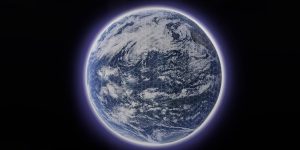
ECODERMIS
Alejandra Marinaro (AR)
Ecodermis is an artwork that alludes to the skin as an organ connecting the human being with his environment, as it reflects the life, memory and sensations of each individual. At the same time, the skin is also what gives man part of his identity as a species and therefore allows him to coexist and differentiate himself from others.
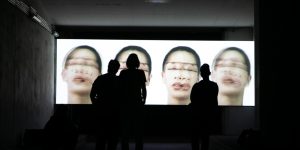
Modell 5
Granular Synthesis – Kurt Hentschlaeger (AT), Ulf Langheinrich (DE)
MODELL 5 is a performance or installation in which the face of Japanese performer Akemi Takeya is subject to drastic time-based interventions that create in essence a cyborg-like hybrid, between human and machine. A roller coaster dramaturgy following the “life” of the four clones on screens.
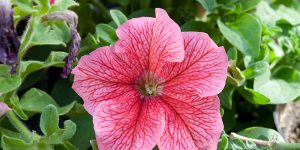
Natural History of the Enigma, Plantimal #4
Eduardo Kac (BR/US)
The central work in the Natural History of the Enigma series is a plantimal, a new lifeform the artist created and that he calls “Edunia,” a genetically engineered flower that is a hybrid of himself and Petunia. The Edunia expresses his DNA exclusively in its red veins.
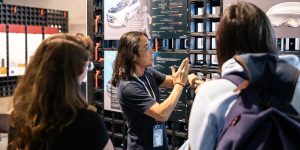
Infusing Empathy in Self Driving Cars Through Anime Expressions
Yuki Moriyama (JP), Eiji Kawata (JP), Ryohei Fukushi (JP)
In collaboration with Japanese animation studio Polygon Pictures, Mercedes-Benz has designed animations of different scenarios in which autonomous vehicles could build informed trust with humans. The basic idea when designing animes is that a lot of emotion is expressed in a few strokes. The key issue that this project concerns itself with is therefore: How can these basic principles be used for intuitive communication between human and machine?
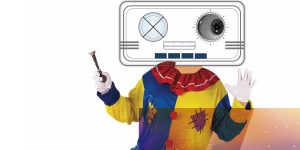
The Golden Age
Xintong Wang (CN)
The project aims to build a path for audiences to explore and understand empathy, both how it is designed and misused. The uncanny valley shows that to a certain extent, the more humanoid the form of a machine is, the more empathetic a human is.
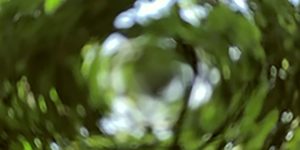
Beyond Death
Chenyu Zhou (CN)
This project looks at transhumanism as a quasi-religion. Although this idea might be considered extreme, some transhumanists believe firmly that technology can transfer human attributes to machines which can enhance human physical potential and even extend longevity.
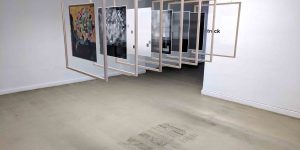
Cat: Collaborating with a Neural Network
Rachel Smith (UK)
This work is a conversation between Rachel Smith (human) and cifar10_cnn.py (artificial neural network). In order to communicate successfully, they must speak the same language. The method of communication is a human/machine compromise; a hand-painted grid of pixels. The human must automate and restrict herself, the network must cope with human error and bodily forms.
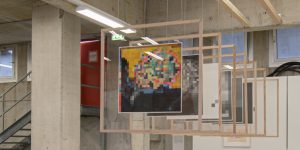
Cat: Collaborating with a Neural Network
Rachel Smith (UK)
Cat: Collaborating with a Neural Network is a conversation between Rachel Smith (human) and cifar10_cnn.py (artificial neural network). In order to communicate successfully, they must speak the same language. The method of communication is a human/machine compromise; a hand-painted grid of pixels.
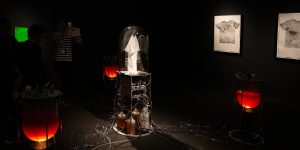
Labor
Paul Vanouse (US)
How does work smell? Labor is a dynamic, self-regulating art installation in which the smell of sweat is produced without any human effort. The body odor is artificially produced in glass bioreactors in which special human skin bacteria grow. While these bacteria metabolize simple sugars and fats, they produce smells reminiscent of human sweat. A white T-shirt in the center of the installation picks up the "scent" and stores it in its fibers. Paul Vanouse's "sweat stain prints” shown in the exhibition, are also based on the sweaty T-shirt – the icon of wage labor, stress and exploitation: Freshly sweaty shirts were dusted with charcoal and pressed between paper under high pressure.


